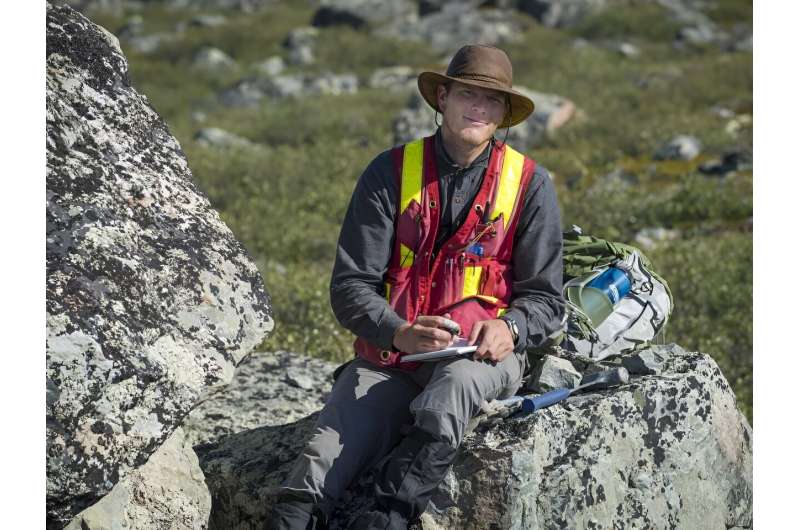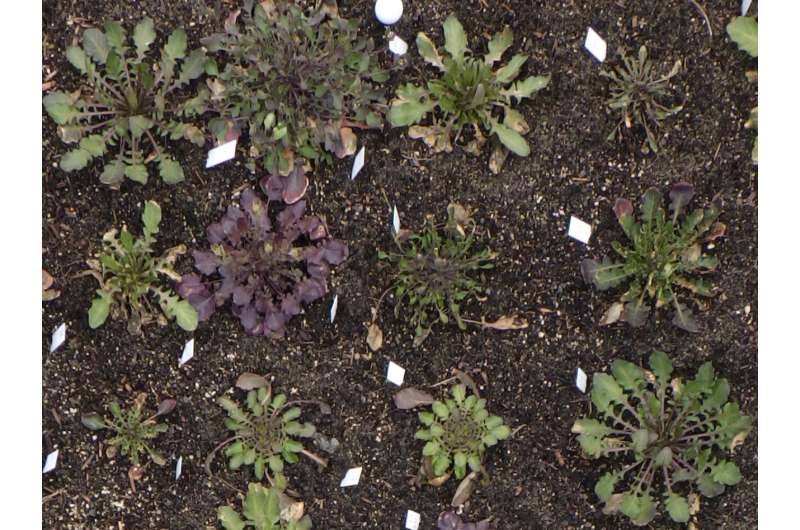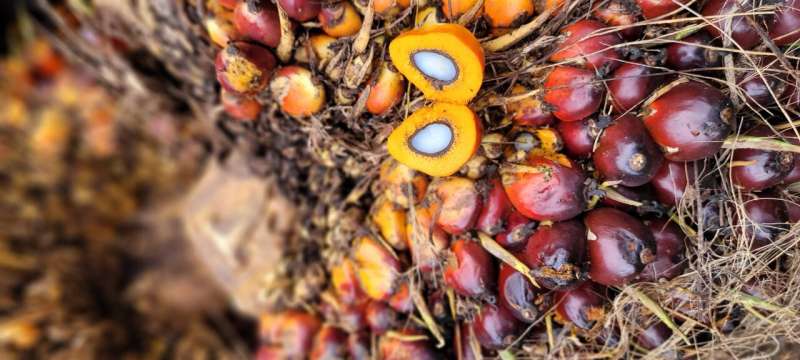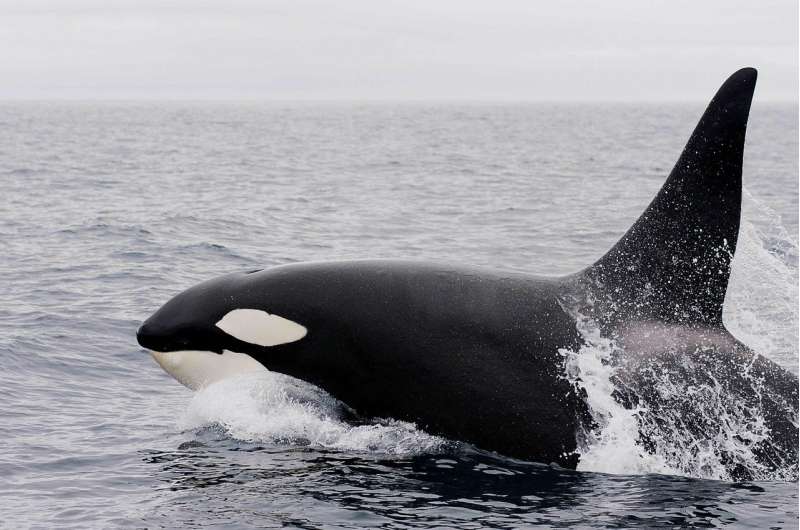Astronomers discover newborn galaxies with the James Webb Space Telescope
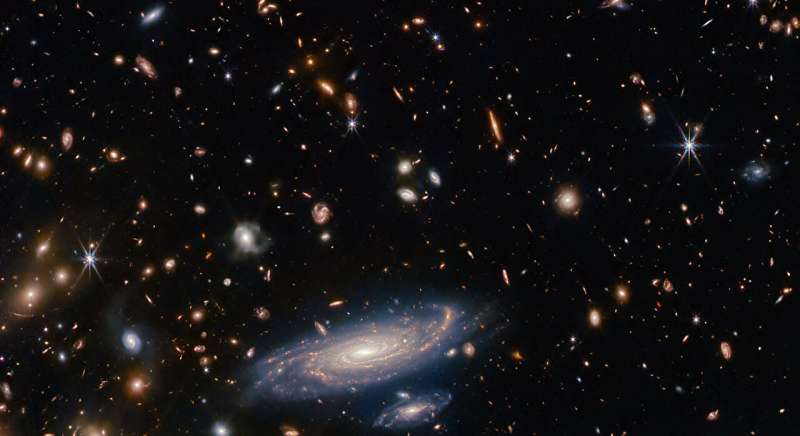
With the launch of the James Webb Space Telescope, astronomers are now able to peer so far back in time that we are approaching the epoch where we think that the first galaxies were created. Throughout most of the history of the universe, galaxies seemingly tend to follow a tight relation between how many stars they have formed, and how many heavy elements they have formed.
But for the first time we now see signs that this relation between the amount of stars and elements does not hold for the earliest galaxies. The reason is likely that these galaxies simply are in the process of being created, and have not yet had the time to create the heavy elements.
The universe is teeming with galaxies—immense collections of stars and gas—and as we peer deep into the cosmos, we see them near and far. Because the light has spent more time reaching us, the farther away a galaxy is, we are essentially looking back through time, allowing us to construct a visual narrative of their evolution throughout the history of the universe.
Observations have shown us that galaxies through the last 12 billion years—that is, 5/6 of the age of the universe—have been living their life in a form of equilibrium: There appears to be a fundamental, tight relation between on one hand how many stars they have formed, and on the other hand how many heavy elements they have formed. In this context, "heavy elements," means everything heavier than hydrogen and helium.
This relation makes sense, because the universe consisted originally only of these two lightest elements. All heavier elements, such as carbon, oxygen, and iron, was created later by the stars.
![Imaging and spectroscopic data of CEERS-z7382. a, False-color JWST/NIRCam red-green-blue image centered on the example galaxy (blue: F150W, 1.5 μm; green: F277W, 2.8 μm; red: F444W, 4.4 μm). The image scale and corresponding physical size at z = 7.8328 is marked. b, Full NIRSpec prism spectrum covering 0.7 μm to 5.2 μm (cyan) and associated 1σ error spectrum (gray). c, Detail of the spectral region covering the nebular emission lines from the [O III] λλ4960, 5008 doublet and Hβ. The local best-fit line and continuum model is shown by the black curve. Credit: Nature Astronomy (2023). DOI: 10.1038/s41550-023-02078-7 Study reveals cosmic surprises from the dawn of time](https://scx1.b-cdn.net/csz/news/800a/2023/study-reveals-cosmic-s.jpg)
James Webb peers deeper
The very first galaxies should therefore be "unpolluted" by heavy elements. But until recently we haven't been able to look so far back in time. In addition to being far away, the reason is that the longer light travels through space, the redder it becomes. For the most distant galaxies you have to look all the way into the infrared part of the spectrum, and only with the launch of James Webb did we have a telescope big and sensitive enough to see so far.
And the space telescope did not disappoint: Several has James Webb broken its own record for the most distant galaxy, and now it finally seems that we are reaching the epoch where some of the very first galaxies were created.
In a new study, published Sept. 21 in the journal Nature Astronomy, a team of astronomers from the Danish research center Cosmic Dawn Center at the Niels Bohr Institute and DTU Space in Copenhagen, has discovered what seems indeed to be some of the very first galaxies which are still in the process of being formed.
"Until recently it has been near-impossible to study how the first galaxies are formed in the early universe, since we simply haven't had the adequate instrumentation. This has now changed completely with the launch of James Webb," says Kasper Elm Heintz, leader of the study and assistant professor at the Cosmic Dawn Center.
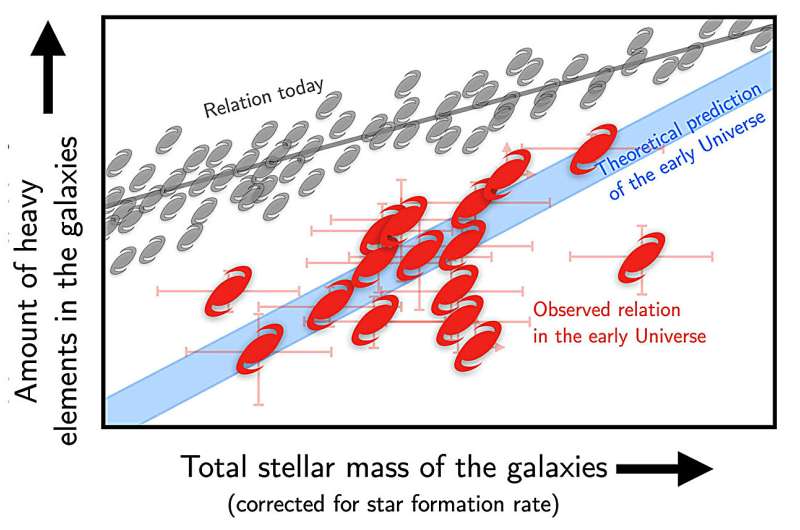
Fundamental relation breaks down
The relationship between the total stellar mass of the galaxy and the amount of heavy elements is a bit more complex than that. How fast the galaxy produces new stars also has something to say. But if you correct for that, you get a beautiful, linear relationship: The more massive the galaxy, the more heavy elements.
But this relation is now being challenged by the latest observations.
"When we analyzed the light from 16 of these first galaxies, we saw that they had significantly less heavy elements, compared to what you'd expect from their stellar masses and the amount of new stars they produced," says Kasper Elm Heintz.
In fact the galaxies turned out to have, on average, four times less amounts of heavy elements that in the later universe. These results are in stark contrast to the current model where galaxies evolve in a form of equilibrium throughout most of the history of the universe.
Predicted by theories
The result is not entirely surprising though. Theoretical models of galaxy formation, based on detailed computer programs, do predict something similar. But now we've seen it.
The explanation, as proposed by the authors in the article, is simply that we are witnessing galaxies in the process of being created. Gravity has gathered the first clumps of gas, which have begun to form stars.
If the galaxies then lived their lives undisturbed, the stars would quickly enrich them with heavy elements. But in between the galaxies at that time were large amounts of fresh, unpolluted gas, streaming down to the galaxies faster than the stars can keep up.
"The result gives us the first insight into the earliest stages of galaxy formation which appear to be more intimately connected with the gas in between the galaxies than we thought.
"This is one of the first James Webb observations on this topic, so we're still waiting to see what the larger, more comprehensive observations that are currently being carried out can tell us.
"There is no doubt that we will shortly have a much clearer understanding of how galaxies and the first structures began their formation during the first billion years after the Big Bang," Kasper Elm Heintz concludes.
More information: Kasper E. Heintz et al, Dilution of chemical enrichment in galaxies 600 Myr after the Big Bang, Nature Astronomy (2023). DOI: 10.1038/s41550-023-02078-7
Journal information: Nature Astronomy
Provided by Niels Bohr Institute Study reveals cosmic surprises about star formation from the dawn of time
